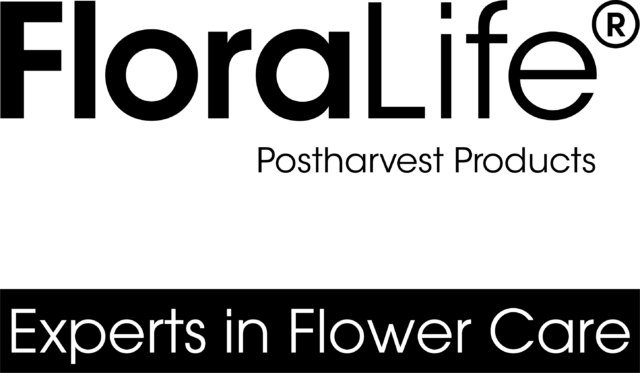Common Flower Problems: Be Proactive!
Common flower problems are… common. In a big floral shipment, issues such as such as botrytis, ethylene-related issues, and others are hard to avoid. But if you’re proactive, you CAN keep these problems in check to help ensure (as the Osmond Brothers told us) that “one bad apple don’t spoil the whole bunch, girl.” This is the advice contained in the latest Floralife® article for Florists’ Review: “Preventing Common Flower Problems.”

Common Flower Problems: The Usual Suspects
As you inspect your flower shipment, BOLO for issues such as Botrytis, black edges on roses, ethylene-related issues, and physical damage from mishandling. Here are some tips for handling each of these to keep their effects from spreading around the cooler.
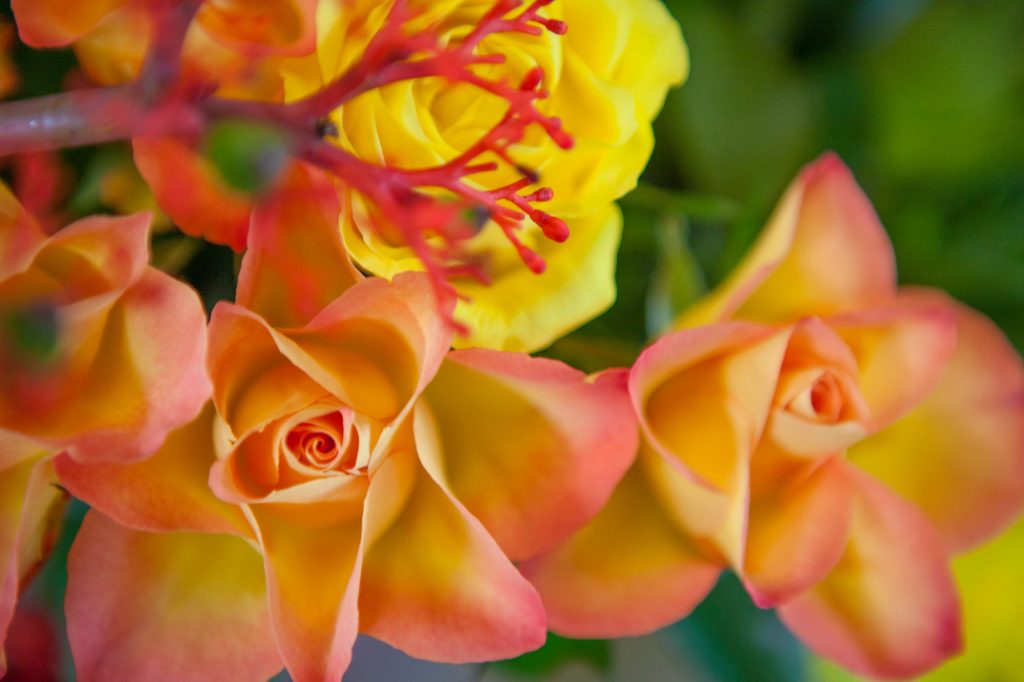
Botrytis
AKA Gray Mold. “…one of the biggest blights in the floral industry, especially postharvest, where it survives easily – even in the cold, moist conditions of a flower cooler.”
If the fungus is among us, you will see “brown spots that are often followed by abundant fuzzy gray structures that produce spores on the surfaces of infected plant tissues.” Botrytis can start at the farm, develop during shipping, and not fully present until it reaches your shop or beyond.
Botrytis is contagious, so quick segregation is key. Other handling tips include strict temperature and humidity control, and keeping our workspace and tools clean and sanitized – with D.C.D.® Cleaner from Floralife®! Further Botrytis prevention, identification and care tips at the original article.
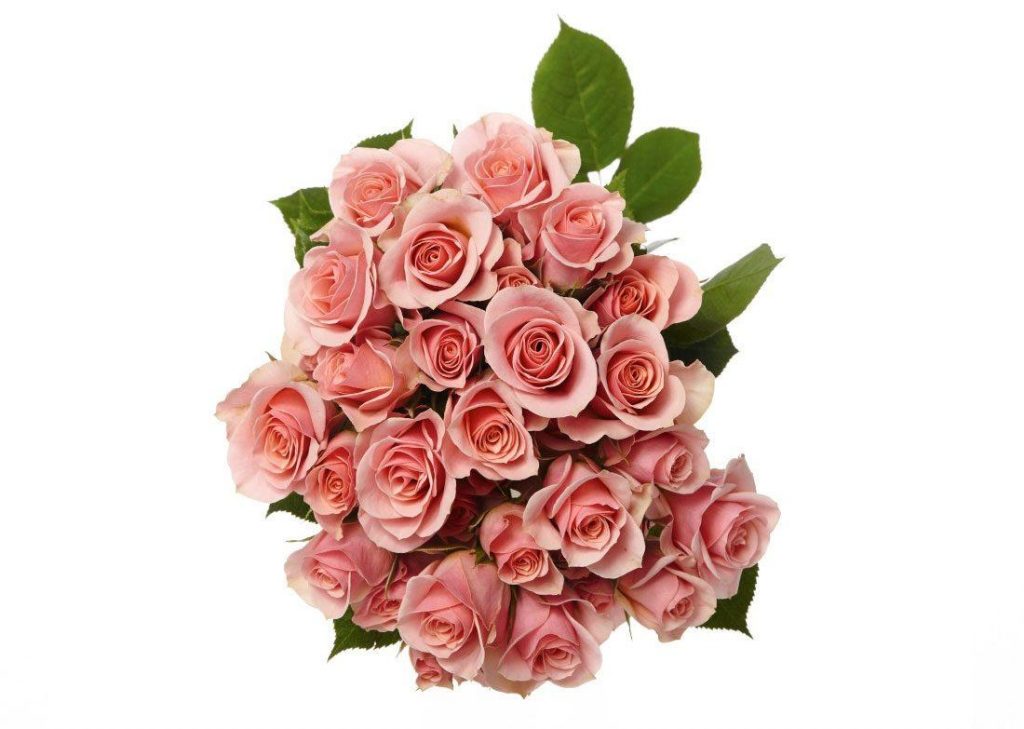
Black Edges on Roses
The little demons that haunt your big rose holidays! How can you keep those black edges at bay for a successful V-day?
“Black edging on red roses happens due to light and temperature fluctuations, as well as high UV light during production.” That’s right – rose petals are susceptible to sunburn just like you and me (and also hogs.) Controlled, regular, non-fluctuating sunlight is the chief preventative, so you have to trust that your grower is giving proper care.
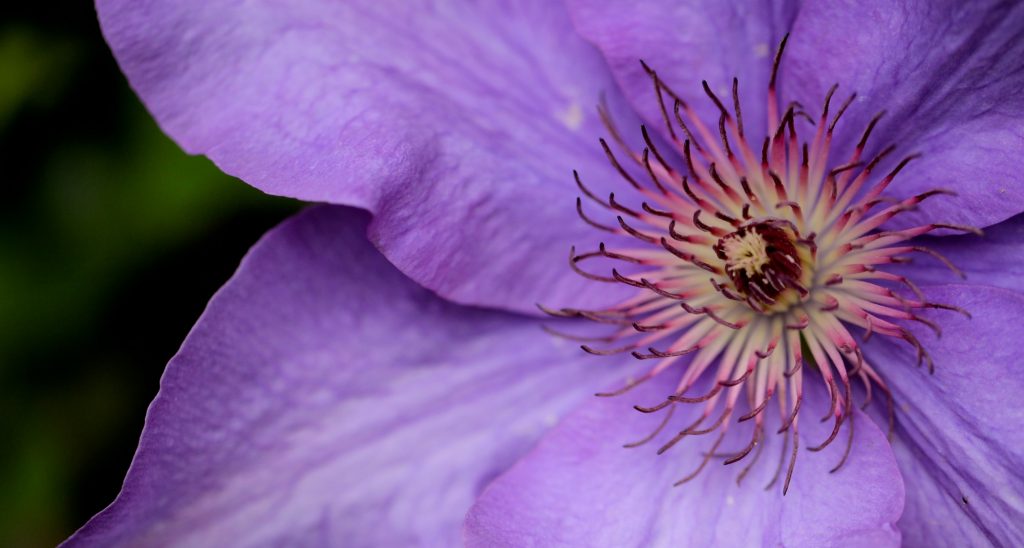
Ethylene-related Issues
“Ethylene is a gaseous plant hormone that is responsible for approximately 30 percent of postharvest flower waste. It causes leaf yellowing, petal drop, irregular opening and premature death, among many other maladies.”
Where is ethylene lurking? Only everywhere, from the farm to the loading dock to the cooler – especially if you’re storing flowers near fruits and veggies. Other than avoiding all of these bad actors as best you can – along with good cold chain management – the best preventative is to use ethylene inhibitors such as such as EthylBloc™ or EthylGuard by Floralife®. Again, read the article for further info.
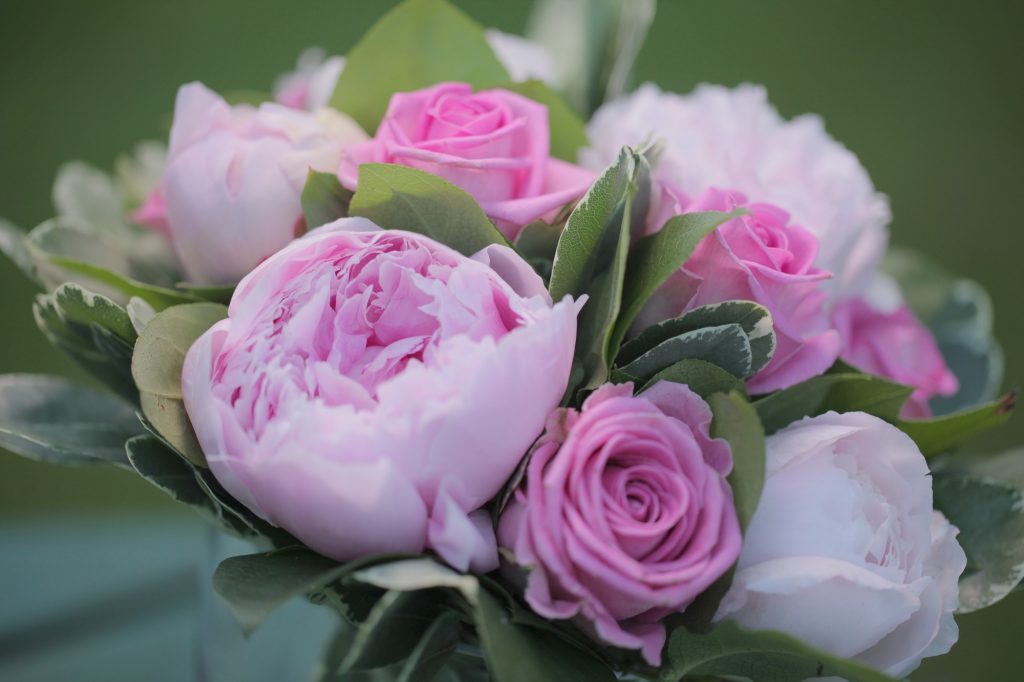
Physical Damage
Physical damage isn’t a disease, but the result of the all the bumps and bruises that often occur during a flower’s journey, things that compromise the health of the flower and can lead to other problems, such as botrytis. What kinds of things? The list is long, but one common denominator is improper handling.
Get Proactive to fight Common Flower Problems!
A good relationship with your grower, proper handling and conditioning of your flowers, and keeping a sharp eye out for some of the most common flower maladies can help you protect your entire flower supply – and your profits. Read the article for a LOT more helpful information!
